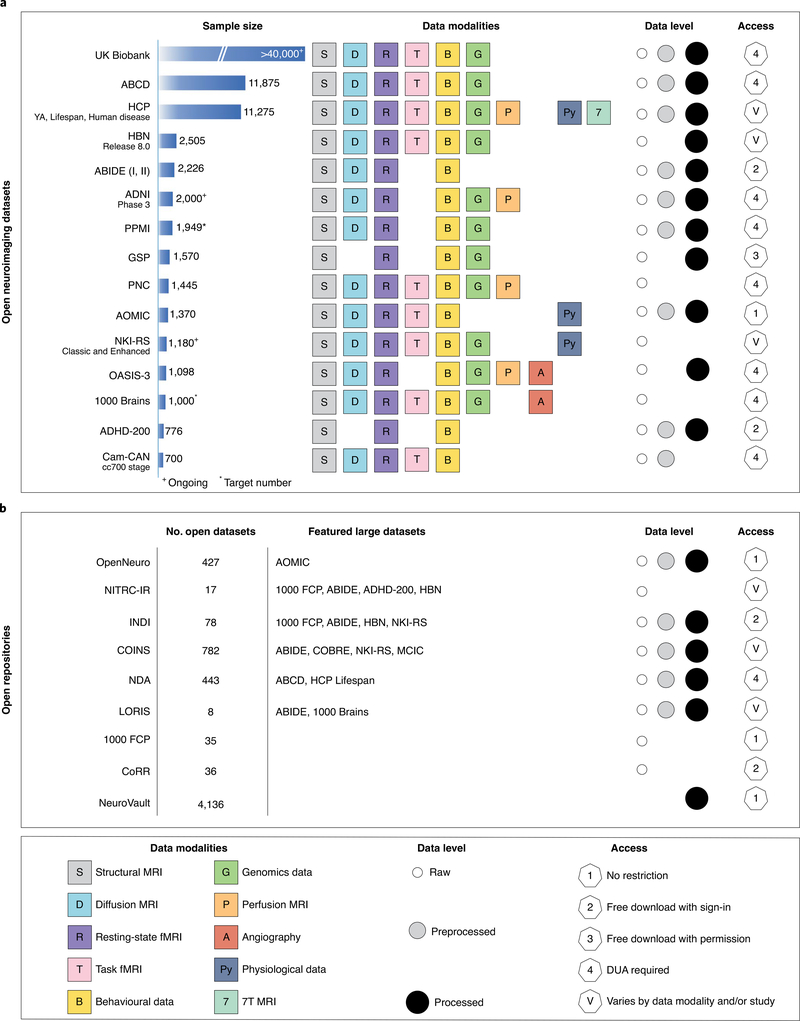Fig. 1. A list of large, open-source datasets and open repositories.
a, For each dataset listed in the leftmost column, sample size is indicated, along with the type of data included (‘Data modalities’). ‘Data level’ refers to the level of preprocessing: white circle, raw data; grey circle, some level of preprocessed data; black, processed data (for example, statistical maps, connectivity matrices, etc.). b, For each open repository (i.e., a collection of open datasets) listed in the leftmost column, an estimate of the number of open datasets is listed. Datasets of particular interest are highlighted (‘Featured large datasets’). Sample sizes and the number of open datasets are current as of October 2020. Users are encouraged to visit the website associated with each dataset before use, as sample sizes, access conditions, etc. may change. YA, HCP Young Adult study; COINS, Collaborative Informatics and Neuroimaging Suite24; LORIS, Longitudinal Online Research and Imaging System9; NITRC-IR, NeuroImaging Tools & Resources Collaboratory Image Repository15; NDA, National Institute of Mental Health Data Archive; ADNI, Alzheimer’s Disease Neuroimaging Initiative; HBN, Healthy Brain Network; PPMI, Parkinson’s Progression Markers Initiative; GSP, Brain Genomics Superstruct Project; AOMIC, Amsterdam Open MRI Collection; NKI-RS, Nathan Kline Institute Rockland Sample; OASIS-3, Open Access Series of Imaging Studies; ADHD-200, Attention Deficit Hyperactivity Disorder 200 sample; Cam-CAN, Cambridge Centre for Ageing Neuroscience dataset; 1000 FCP, 1000 Functional Connectomes Project; MCIC, MIND Clinical Imaging Consortium.

